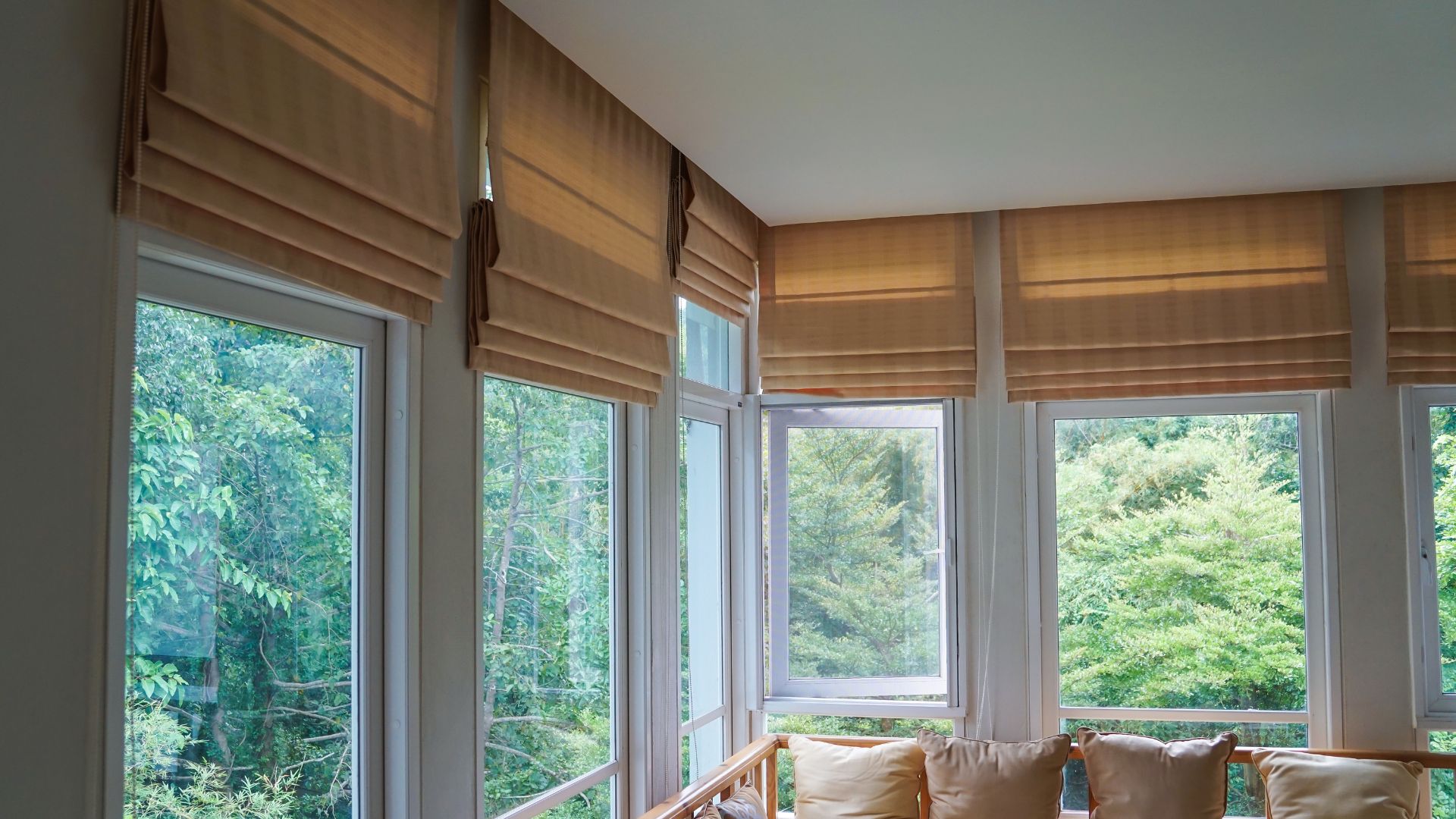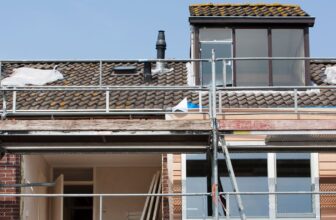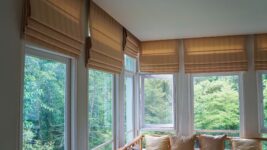
Energy Efficiency and Light Control with Roman Shades
In recent years, Roman shades have become an increasingly popular choice for window treatments. With their classic, tailored aesthetic, these soft fabric blinds add style and visual interest to any room’s decor. Beyond their decorative appeal, however, Roman shades also provide important functional benefits regarding energy efficiency and light control. Optimizing both aspects can dramatically improve the comfort and cost-effectiveness of living spaces. This article explores the significance of energy conservation and light management in interior design, and how the versatile attributes of curtains can enable homeowners to achieve their goals for functionality without sacrificing beauty.
For a wide selection of Roman shades that combine style with efficiency, visit https://www.helloalva.com/.
Understanding Roman Shades
Roman shades have origins dating back centuries, but their profile in decorative window treatments has risen more recently. Characterized by their simple, clean-lined look, these blinds function by lifting into soft folds when opened, reminiscent of the draped fabrics of ancient Roman architecture. They are available in a range of varieties including:
- flat
- hobbled
- relaxed
Each produces different folding effects. Roman shades’ uncluttered elegance adapted well to traditional and contemporary home aesthetics, helping drive their popularity. Beyond their visual appeal, the basic mechanics of how these shades operate also lend well to their reputable capabilities for insulation and light control.
The Significance of Energy Efficiency in Window Treatments
With heating and cooling accounting for roughly half of home energy expenditures, the insulation abilities of windows and window coverings can greatly impact monthly costs and consumption. Roman shades are designed to create a buffer between exterior and interior environments. Their stacked folds form pockets of trapped air that slow heat and cold transfer when curtains are lowered.
Depending on the fabric, any given Roman shade can reduce heat gain and loss from windows by 25-50% compared to no covering. The construction and ease of use of blinds also provide an advantage over options like heavy drapes, which can inhibit air circulation from vents. With advanced materials and technological additions like integrated automation, Roman Shades’ efficiency functionality will only improve more over time.
Light Control with Roman Shades
Beyond energy conservation, Roman shades also enable variable light control from maximizing natural daylight to blocking it out entirely as needed. The ability to balance proper illumination and privacy is key for everything from comfort to productivity.
Roman shades present a range of light filtering and room-darkening options. Translucent blinds in materials like cotton and linen will allow the most ambient light. With the addition of insulation linings, energy efficiency improves, while still allowing light to penetrate the room.
For further flexibility, many shade fabrics are offered in ranges of opacity. Heavier fabrics or integrated blackout linings will prevent exterior light entirely. This versatility enables customization across different rooms like bedrooms, home offices, media spaces, and more based on their distinct needs.
Selecting the Right Roman Shades for Optimal Functionality
With so many varieties and options for customization, choosing the right Roman shades comes down to several considerations from energy efficiency to aesthetics.
Material Matters
Fabric choice significantly impacts insulation, durability, and appearance. Lightweight cotton and linens allow for ventilation and soft folded aesthetics but provide less efficiency and longevity than heavier woven synthetics. Polyesters withstand moisture and sun damage while providing enhanced insulation. Exploring the thermal abilities and breathability of materials can prevent issues with temperature regulation and condensation. Consider room use, traffic patterns, and geographical climate when deciding.
Color and Reflectivity
While any Roman shade can improve insulation versus an uncovered window, as a guideline darker colors will absorb and retain heat from sunlight, while soft palettes reflect it away.
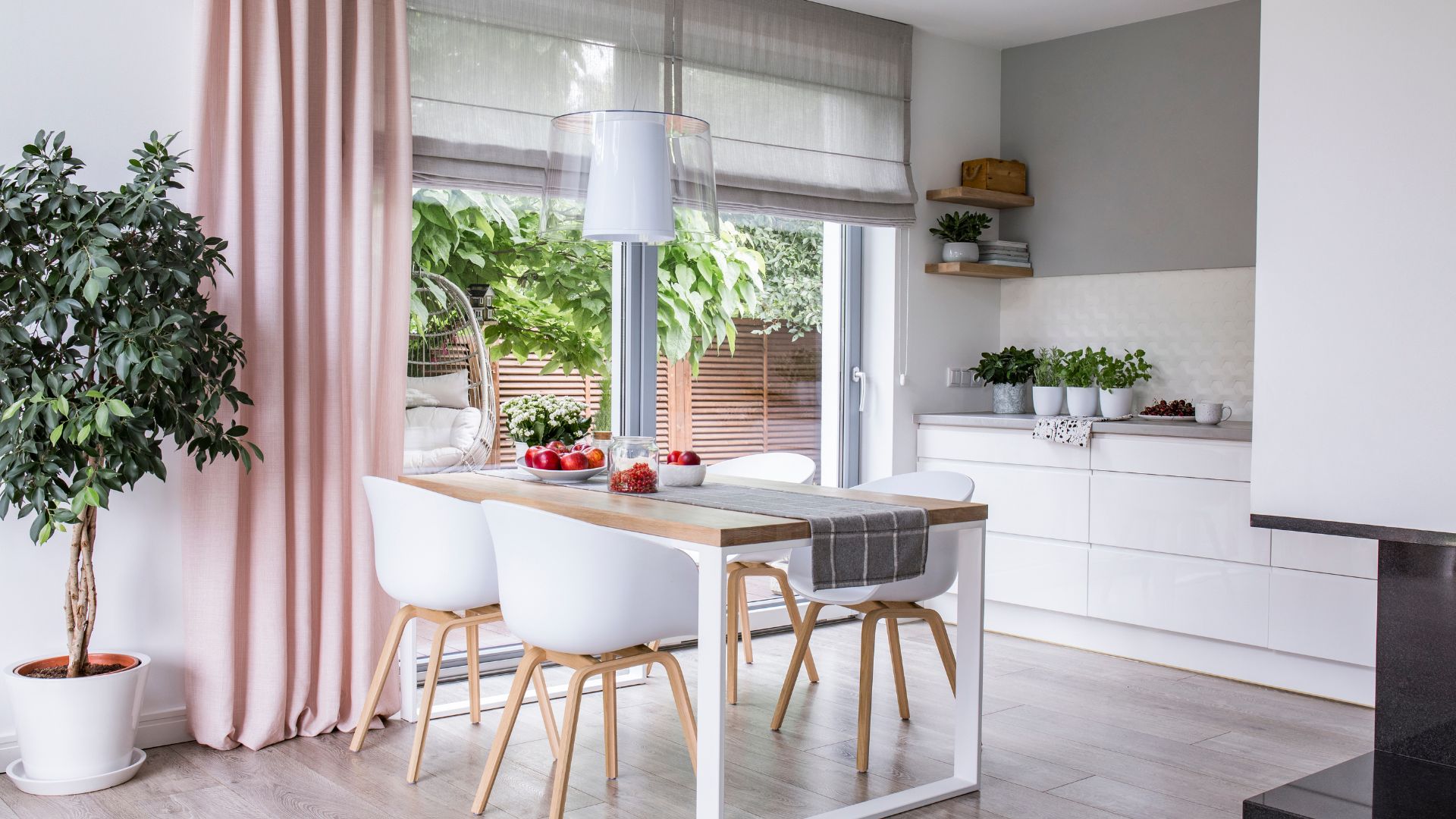
However, shades that keep interiors too cool in winter or too warm in summer are still less efficient than calibrated heating and cooling systems. Using programmable smart controls helps maintain optimal ambient temperatures regardless of shade hue. Prioritizing reflectivity may also mean keeping rooms brighter than desired, so consider adding multiple curtains for maximum flexibility.
Layering and Lining
Pairing Roman shades with complementary treatments like curtains or interior shutters improves insulation and light control. Thermal linings also enhance energy conservation significantly at a lesser cost compared to replacing windows. Consider 310gsm to 420gsm insulated linings for standard efficiency needs. Using multiple lining weights also adds versatility to tune in insulation and privacy as needed.
Fit and Installation
Precision measurements ensure Roman shades maximize efficiency capabilities for a given window. Gaps from imprecise cuts or installation can underdeliver on what blinds are intended to regulate. Mounting shades close to window frames also helps contain heat in winter. Consider outside or recessed mounts to enhance efficiency and maintain aesthetic appeal.
Advanced Features and Innovations
Motorization and smart home integration now enable Roman shades to adjust more easily to environmental conditions and occupant preferences automatically. Remote controls and voice/app activation make regular adjustments effortless. Smart sensors can also sync shades to lift or lower based on changing temps and times of day. These features work perfectly in tandem with the curtains’ inherent advantages.
Maintenance and Care for Longevity
With periodic dusting, spot cleaning as needed, and adherence to manufacturer care instructions, Roman shades can maintain efficiency and appearance for years before needing replacement.
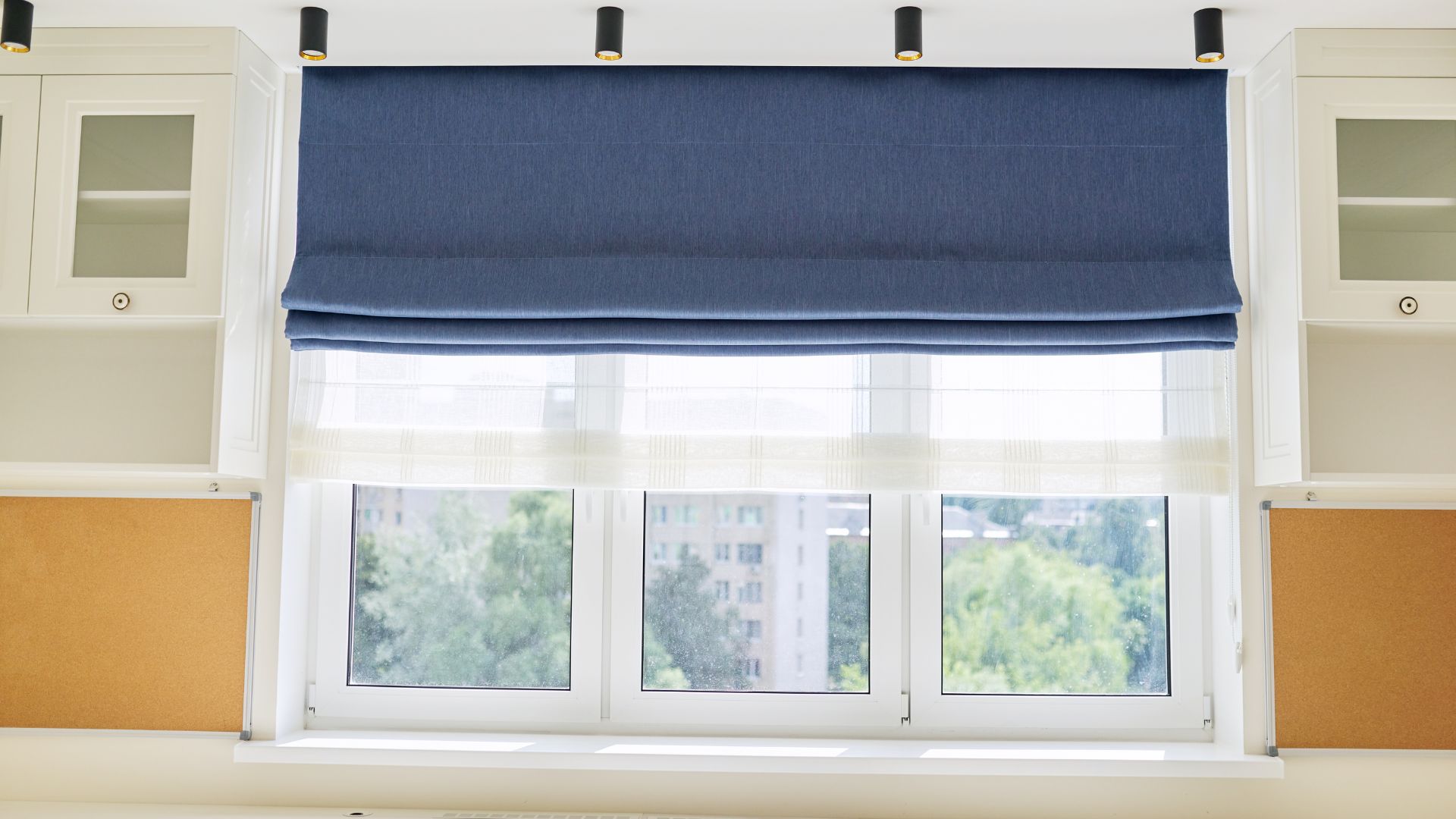
Signs of wear, cracking, or damage mean it’s time to consider new blinds. Well-cared-for shades will conserve energy and regulatory light levels reliably for the duration of their useful lifespan.
Closing Thoughts
Roman shades present homeowners with the unique opportunity to address decorative, functional, and cost-saving needs through a single solution. Roman window treatments are a wise investment, offering aesthetic flexibility, customizable efficiency, and lighting control, thus enhancing comfort and value in living spaces.
Taking the time to understand and evaluate the many options and innovations available is key to identifying and integrating the perfect blinds for any application. With some thoughtful consideration given to occupant needs and the attributes of materials, Roman shades can stylishly fulfill efficiency and lighting control goals for years to come.

